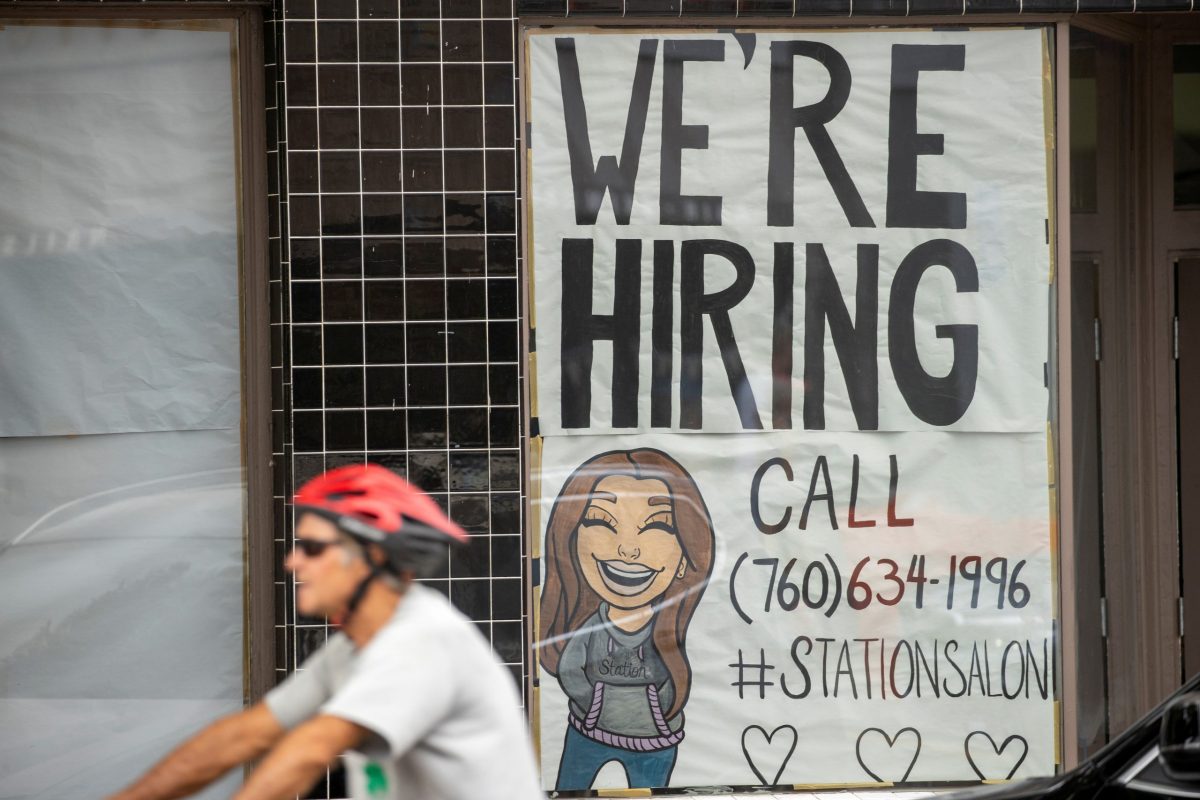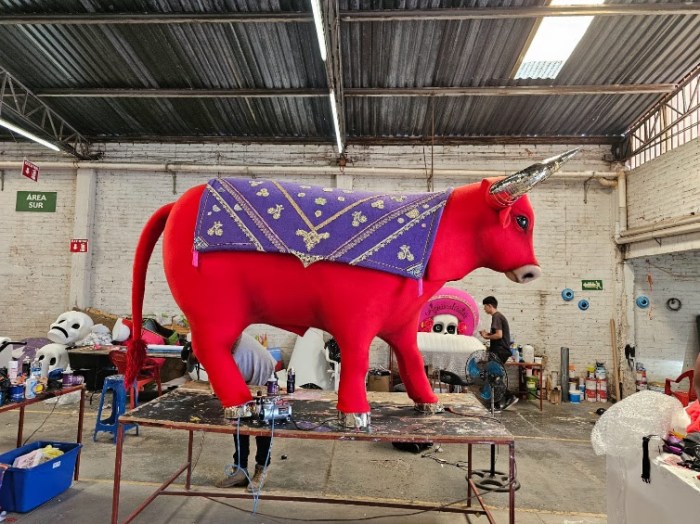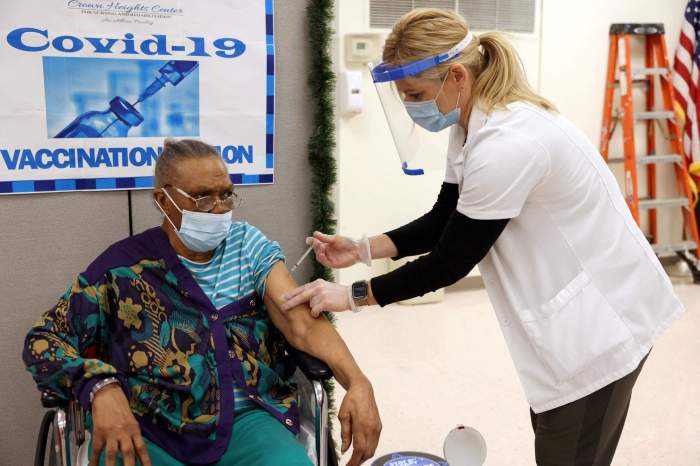BY LUCIA MUTIKANI
U.S. employment growth slowed more than expected in September and more than 300,000 Americans lost their jobs permanently, dealing a potential blow to President Donald Trump ahead of the fiercely contested Nov. 3 presidential election.
The Labor Department’s closely watched employment report on Friday underscored an urgent need for additional fiscal stimulus to aid the economy’s recovery from a recession triggered by the COVID-19 pandemic. The slowdown in hiring compounds problems for Trump, who announced overnight that he had tested positive for coronavirus.
Just over half of the 22.2 million jobs lost during the pandemic have been recouped. Former Vice President Joe Biden, the Democratic Party nominee, blames the economic turmoil on the White House’s handling of the pandemic, which has killed more than 200,000 people and infected over 7 million in the nation.
“The jobs report adds to Trump’s woes,” said James Knightley, chief international economist at ING in New York. “Betting odds signal a diminished chance he will win re-election and a much higher probability of a Democrat clean sweep.”
Nonfarm payrolls increased by 661,000 jobs last month, the smallest gain since the jobs recovery started in May, after advancing 1.489 million in August. Every sector added jobs with the exception of government, which shed 216,000 positions because of the departure of temporary workers hired for the Census and layoffs at state and local government education departments as many school districts shift to online learning.
Employment in the leisure and hospitality sector increased by 318,000, accounting for nearly half of the gain in nonfarm employment in September. Payrolls are 10.7 million below their pre-pandemic level. Economists polled by Reuters had forecast 850,000 jobs were created in September. Employment growth peaked in June when payrolls jumped by a record 4.781 million jobs.

The unemployment rate fell to 7.9% in September as 695,000 people left the labor force from 8.4% in August. The jobless rate was again biased down by people misclassifying themselves as being “employed but absent from work.”
Without this error, the government estimated that the unemployment rate would have been about 8.3% in September. There were 3.8 million people who had lost their jobs for good, up 345,000 from August. More people experienced long bouts of unemployment, with the number of people out of work for more than 27 weeks surging 781,000 to 2.4 million.
The slowing labor market recovery is the strongest sign yet that the economy has shifted into lower gear heading into the fourth quarter. Growth got a boost over the summer from fiscal stimulus. Third-quarter gross domestic product growth estimates are topping a 32% annualized rate, which would reverse a historic 31.4% pace of contraction in the April-June quarter.
Growth estimates for the fourth quarter have been cut to around a 2.5% rate from above a 10% pace.
“The virus is in the driver’s seat in controlling the speed of the recovery and right now the economy is in the slow lane unless Congress and the White House can settle their differences and provide additional stimulus,” said Chris Rupkey, chief economist at MUFG in New York.
Stocks on Wall Street dropped. The dollar rose against a basket of currencies. U.S. Treasury prices were lower.
WOMEN LEAVING LABOR FORCE
The Democratic-controlled House of Representatives on Thursday approved a $2.2 trillion rescue package. Objections from top Republicans are likely to doom the plan in the Senate.
New coronavirus cases are rising, with a surge expected in the fall, which could lead to some restrictions being imposed on businesses in the services sector. Political uncertainty is increasing and could extend beyond the election, and make businesses cautious about hiring.
Walt Disney Co. said this week it would lay off roughly 28,000 employees in its theme parks division. American Airlines and United Airlines, two of the largest U.S. carriers, said they were beginning furloughs of more than 32,000 workers on Thursday, absent government assistance.
With many now enduring long spells of joblessness, economists believe the unemployment rate will not see its pre-pandemic level of 3.5% until mid-2024 and it could take a year to recoup the jobs lost during the pandemic. This could further widen the income inequality gap.
The COVID-19 crisis has disproportionately affected the lower-income population and women, who have dropped out of the labor force to look after children.

In September, the labor force participation rate, or the proportion of working-age Americans who have a job or are looking for one, fell to 61.4% from 61.7% in August. The participation rate for women dropped to 55.6% from 56.1%. It was little changed for men.
“It may very well be the case that more home schooling is putting incremental downward pressure on the labor force participation rate, which fell meaningfully more in September for women,” said Robert Rosener, an economist at Morgan Stanley in New York.
Last month, retailers added 142,000 jobs and healthcare and social employment increased 108,000. Manufacturing payrolls rose 66,000 while hiring at construction sites increased 26,000.



































